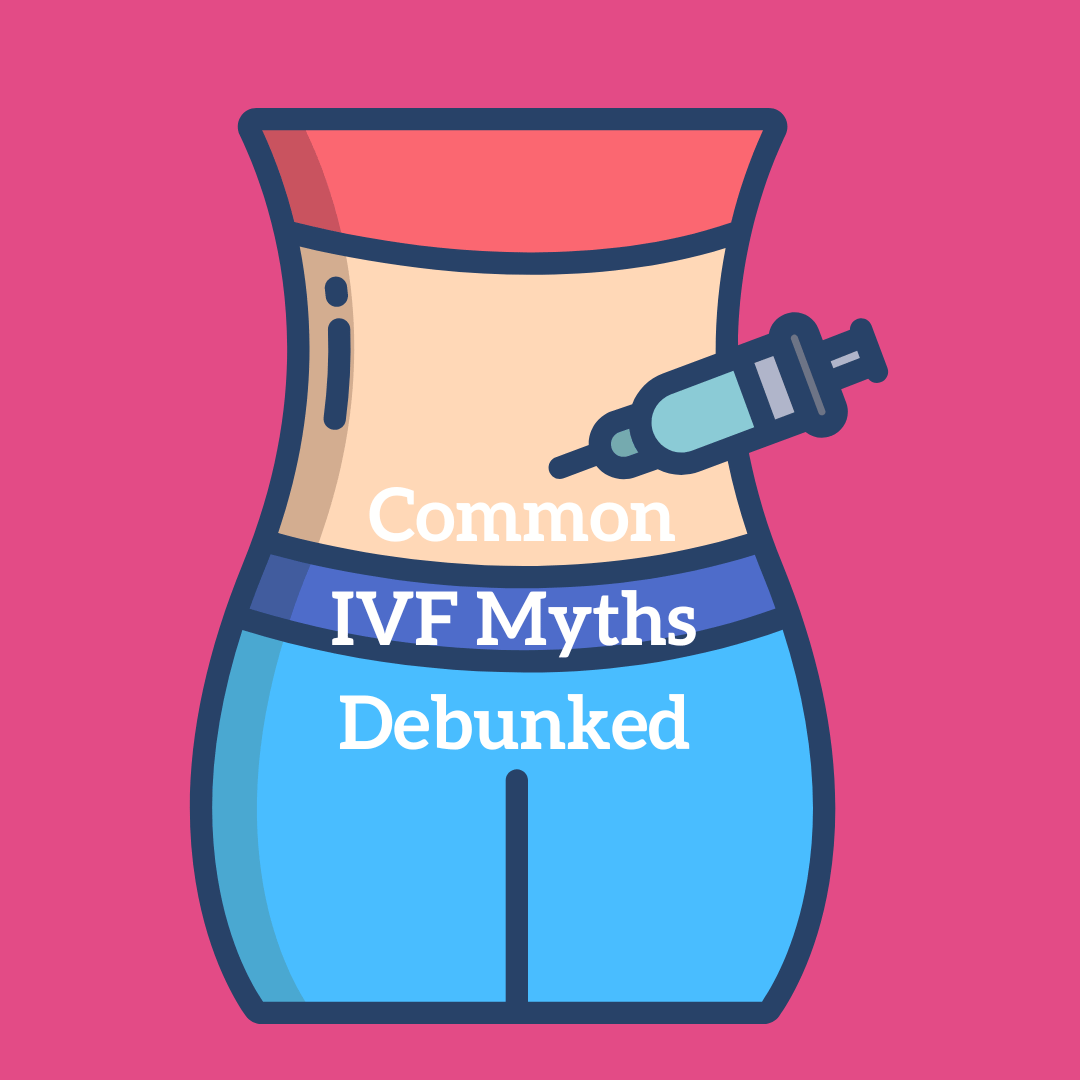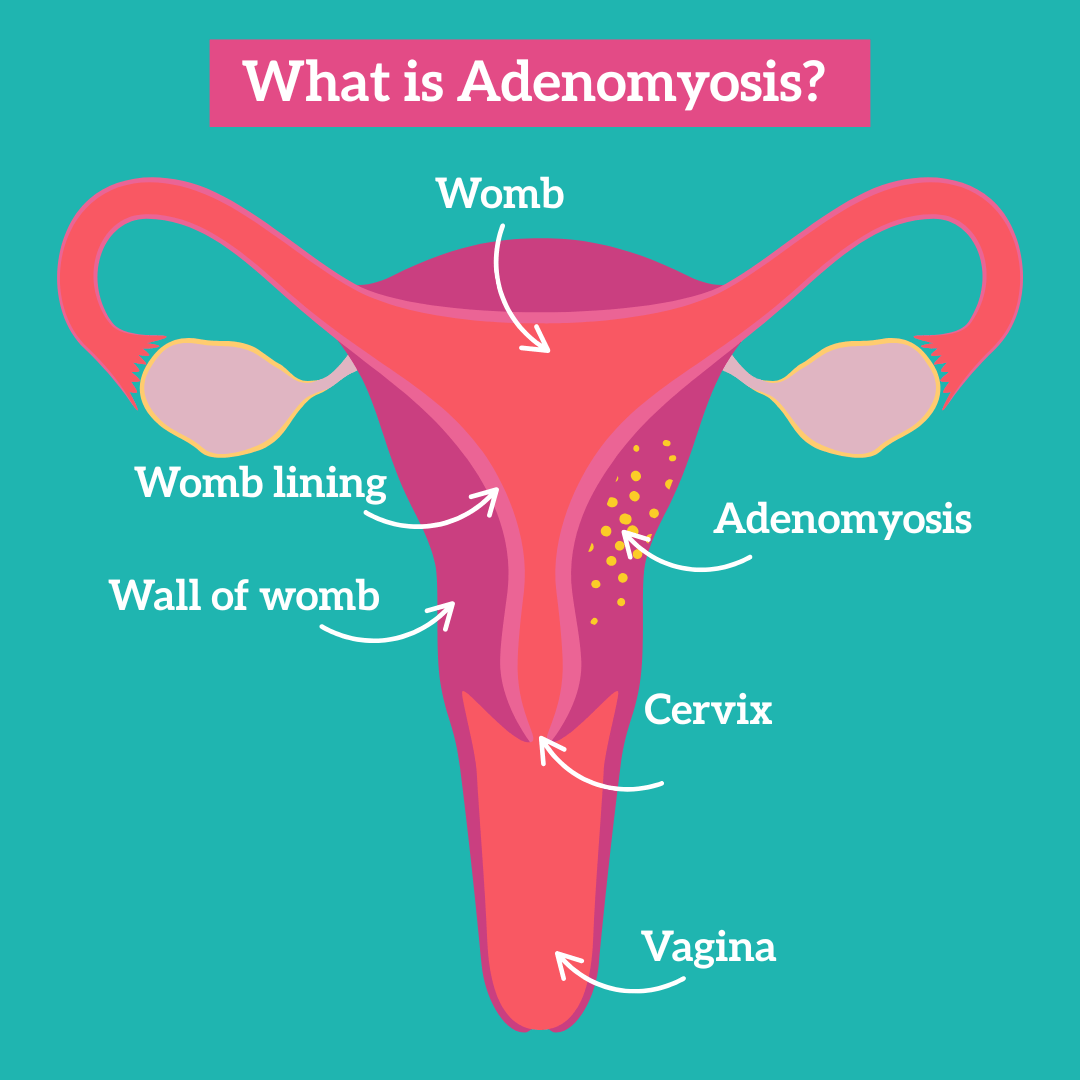Common IVF Myths Debunked

To celebrate the day the first baby was born through In Vitro Fertilization (IVF) Technique in the UK, the July 25 was declared World IVF Day.
Since then, IVF has become a widely accepted treatment for infertility and now thousands of couples all over the world go through this journey every year. Despite its growing use and success, IVF is often surrounded by myths and misconceptions that can discourage individuals from seeking this beneficial treatment. Some of the most common include:
Myth: IVF is the first treatment for infertility
Fact: IVF is usually not the first-line treatment for infertility. Couples often begin with less invasive options such as fertility medications or intrauterine insemination (IUI) before considering IVF. The choice of treatment depends on various factors, including the specific cause of infertility, and the couple’s medical history.
Myth: IVF guarantees a successful pregnancy
Fact: While IVF has enhanced pregnancy rates, on average, success rates range from 30% to 60% per cycle, with younger patients generally experiencing higher success rates. Success rates vary based on factors such as age, fertility issues, and the embryo quality.
Myth: IVF always leads to multiple pregnancies
Fact: Although IVF increases the chances of multiple births, many clinics now prefer single embryo transfers to reduce this risk. Medical advancements allow for precise monitoring and selection of embryos, making the process safer for both mother and baby.
Myth: IVF is only for older women
Fact: IVF is not limited to older women. While age is an important factor in fertility, you can pursue IVF as a younger person or couple, for reasons such as male infertility or unexplained fertility issues.
For further information and support please visit the NHS website.




Comments